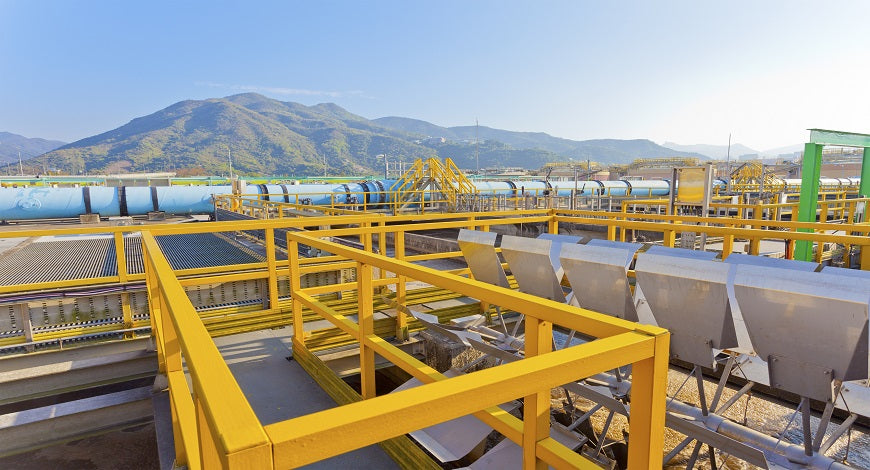~
Discover where the heavy metals that may be found in your drinking water come from and realise the importance of removing these from the water you drink every day.
Some of our products which help remove heavy metals from your drinking water and your body include our Biocera Alkaline Filter Jug; Zeolite Plus; Liquid Chlorophyll; our Energy Plus Water System and Quattro Cardio.
| Acrylamide | The most important source of drinking water contamination by acrylamide is the use of polyacrylamide flocculants that contain residual acrylamide monomer. Polyacrylamides are also used as grouting agents in the construction of reservoirs. No flocculants are used in Malta for water treatments and grouting is guaranteed by manufacturers for use with potable water systems. | Nitrite | |
| Antimony | Antimony salts and organic complexes may be found naturally. Antimony might also be leached from antimony-tin solders. This is not used in the local water supply system. | Polycyclic aromatic hydrocarbons C | This group of compounds is associated primarily with coal-tar linings of cast iron or ductile iron pipes. There are no known sources of coal tar based lining in the local water distribution system. |
| Arsenic | Arsenic is widely distributed throughout the earth's crust and is used in alloying agents. This substance can also be introduced in water supplies through contamination by industrial effluents and atmospheric depositions. | Selenium | Occurs naturally in water at varying concentrations. This is generally associated with areas of high industry. |
| Benzene | This substance is used in the production of other organic compounds and is present in petrol. Therefore it may be introduced into water by industrial effluents and atmospheric deposition. | Tetrachloroethene and Trichloroethene | Contamination by these substances occurs from industrial effluents. |
| Benzo(a)pyrene | This compound is a polycyclic aromatic hydrocarbon as listed below. | Trihalomethanes - Total D | Trihalomethanes are formed by the reaction of chlorine, which is used as a disinfectant, with naturally occurring organic compounds in the water. |
| Boron | Boron occurs naturally in seawater in concentration varying between 4500 ug/l to 6500 ug/l and its rejection by reverse osmosis membranes is under investigation. Localities supplied solely by RO water tend to have higher levels of boron above 700 ug/l. Boron is used in the manufacture of glass, soap and detergents, and as flame retardant. Industrial and domestic effluents can pollute freshwater sources. | Vinyl chloride | This is used in the manufacture of polyvinyl chloride. |
| Bromate | Bromates can be formed when ozonation is used for disinfection purposes. This process is not used locally. | Aluminium | Generally aluminium might occur naturally in some water sources. However, aluminium compounds are not used for water treatment in Malta. |
| Cadmium | Cadmium is used in the steel and plastic industries and in batteries. Industrial effluents and fertilisers containing cadmium might contaminate freshwater resources. Contamination in the distribution system might arise from impurities in galvanised pipes and fittings. | Ammonium | Ammonia in water is an indicator of possible bacteria, sewage and animal waste pollution. It is not used in the local water treatment. |
| Chromium | Chromium is widely distributed naturally. It is used in the electroplating industry and is generally associated with areas of heavy industry. | Chloride | This substance originates from natural sources. The standard is not health related but set to avoid taste and corrosion potential. It is considered to be primarily attributed to the island's hydrogeological characteristics and environmental conditions. |
| Copper | Copper contamination in potable water supplies could arise from plumbing. It can cause blue staining on sanitary fittings and impart a metallic taste. | Conductivity | This is a measure of the ability of the water to conduct an electric current and is therefore a measurement of the mineral salts dissolved in the water. |
| Cyanide | Contamination by cyanide occurs from industrial effluents and is generally associated with areas of heavy industry. | Hydrogen ion concentration | This is a measure of the acidity or alkalinity of the water. |
| 1,2 - dichloroethane | This compound is used in the manufacture of vinyl chloride and other chemicals. | Iron | Iron is very abundant naturally. Potable water supplies can be contaminated by corrosion of steel and cast iron pipes during distribution. The standard is not health related and set for aesthetic reasons, due to discolouration and staining problems. A major programme is underway to replace old iron mains. |
| Epichlorohydrin | This is used in the manufacture of unmodified epoxy resins and water treatment resins. These resins are not used to treat the potable water supply. | Manganese | Manganese occurs naturally and usually together with iron. The standard is not health related and set for aesthetic reasons due to discolouration and staining problems. |
| Fluoride | This substance occurs naturally in water at varying concentrations. None of the local supplies are artificially fluoridated. | Oxidisability | This is to assess the presence of organic matter in the water. |
| Lead | This metal is not normally present in water sources but contamination may occur from plumbing. This use of this material is being phased out but still may be present in older properties which have lead plumbing. | Sulphate | Sulphates occur naturally. The standard is not health related but set to avoid taste and corrosion potential. |
| Mercury | Contamination by mercury occurs from industrial effluents and is generally associated with heavy industry. | Sodium | This substance occurs naturally. Standard set due to unacceptable taste. It is considered to be primarily attributed to the island's hydrogeological characteristics and environmental conditions. |
| Nickel | This substance may occur naturally and could be released from taps and fittings. It is also associated with heavy industry. | ||
| Nitrate | These substances occur naturally in the environment. It is produced from the natural decay of vegetable material in soil. Rainfall washes nitrate from subsoil into the groundwater. Contamination from nitrate is associated with applications of nitrogenous fertilisers on arable agriculture land. Other sources will be continued to be investigated. |




























Leave a comment